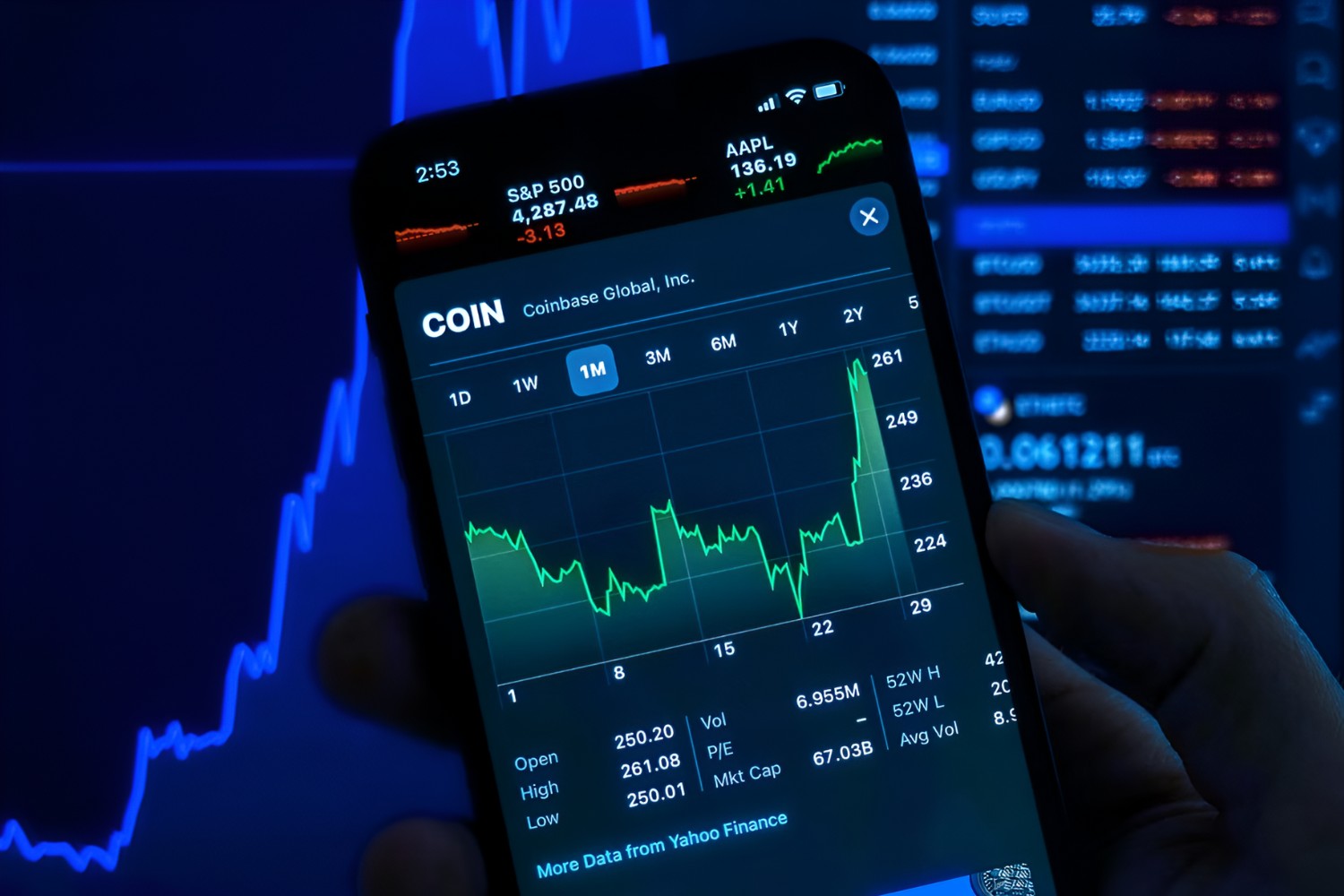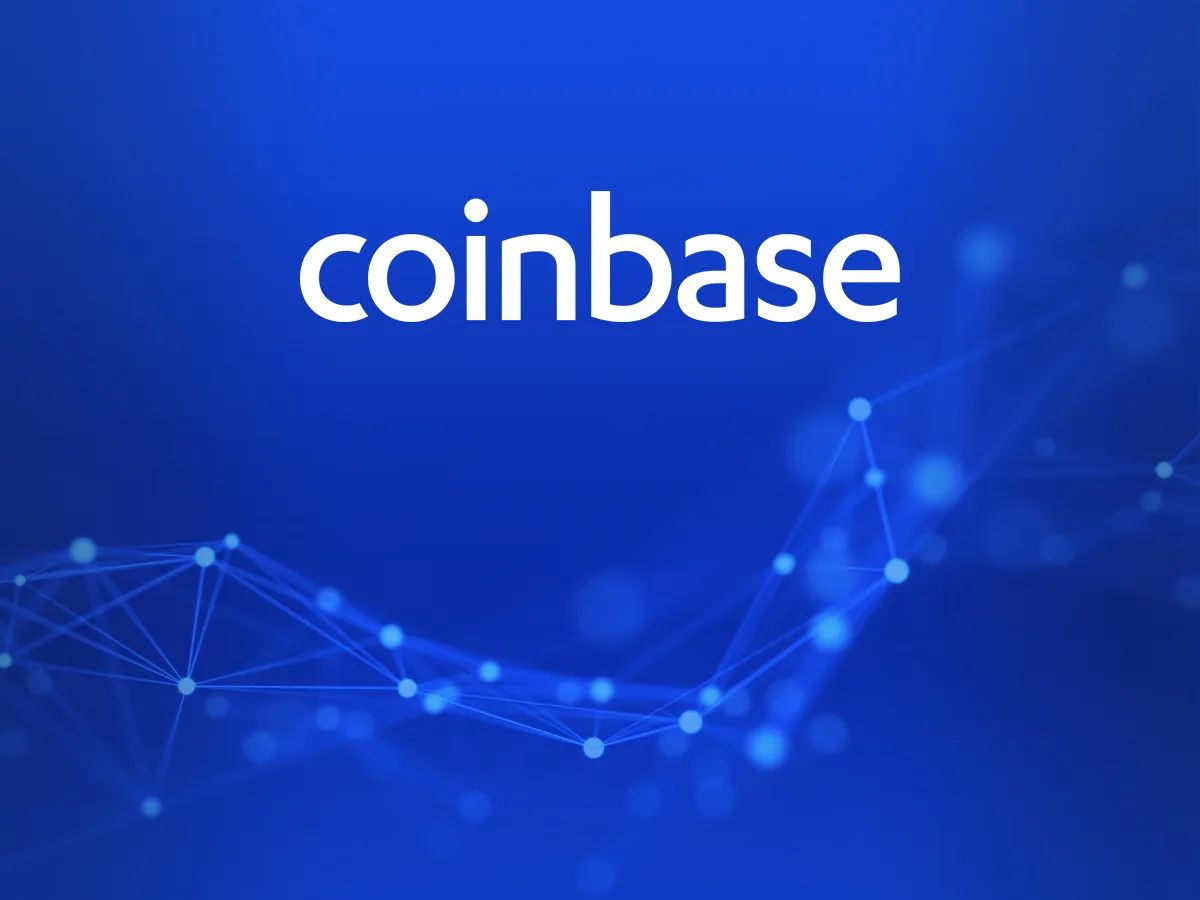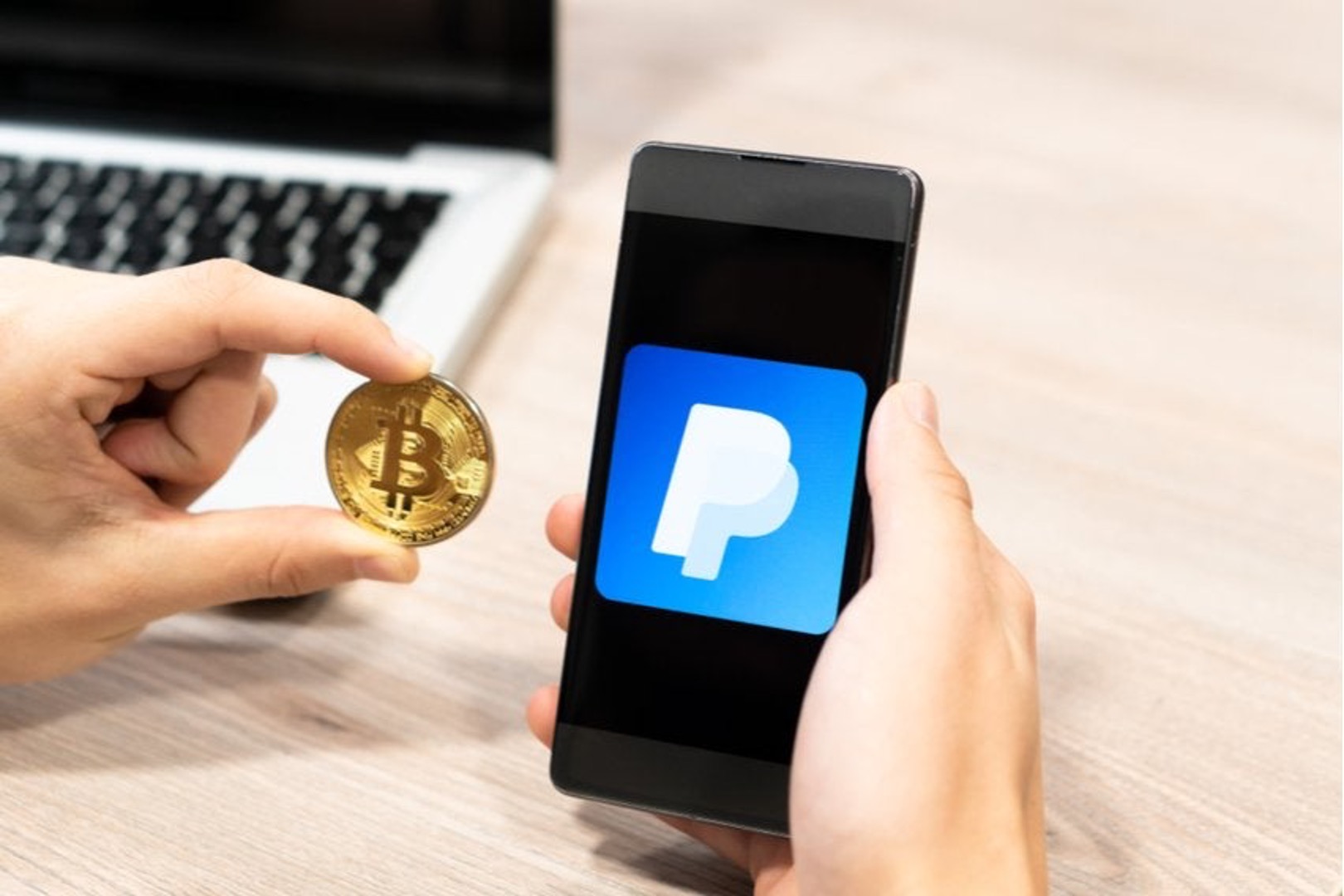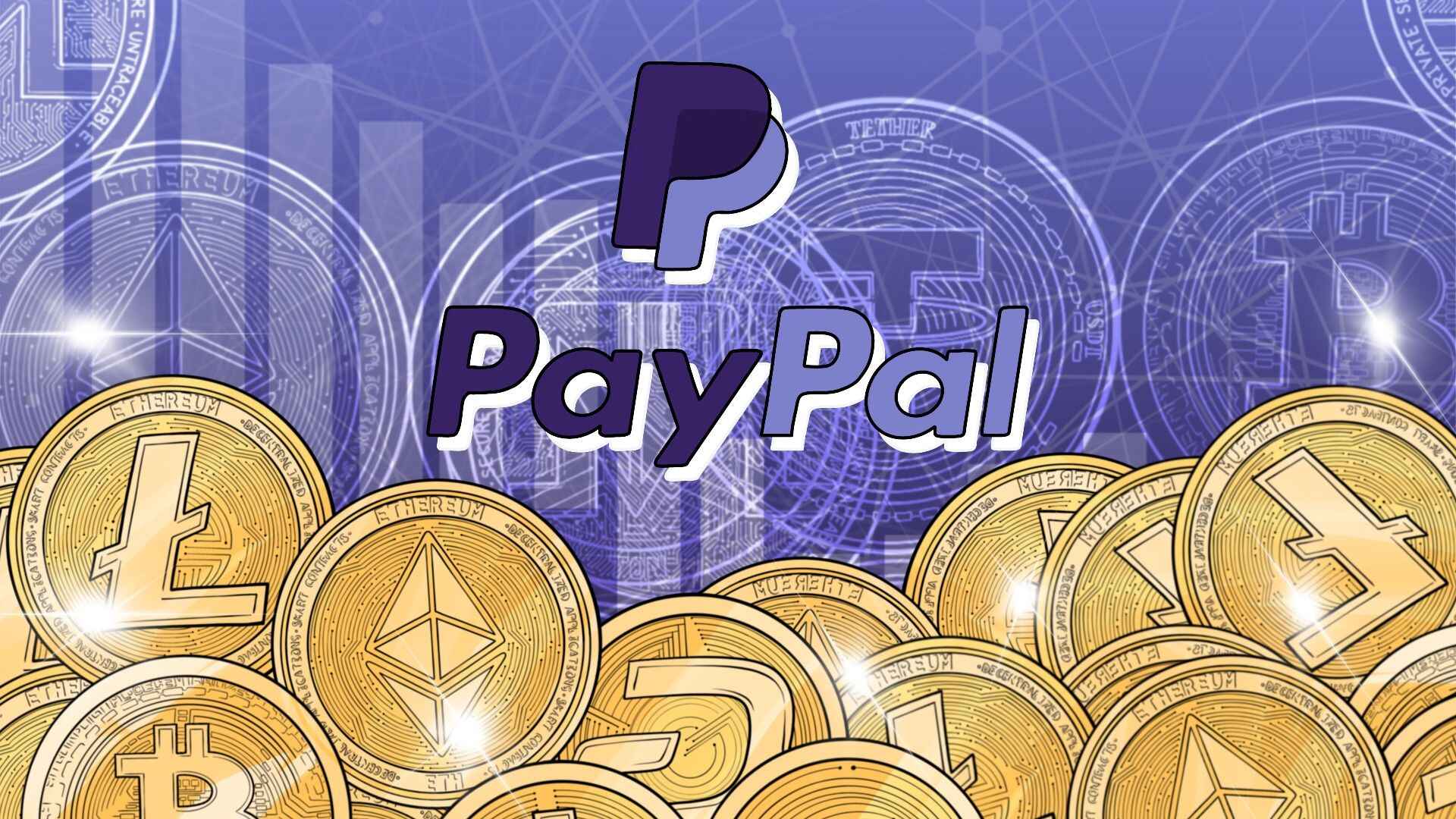Introduction
Welcome to the world of Bitcoin, the revolutionary digital currency that has gained widespread popularity. As more and more people embrace this decentralized form of currency, it’s important to understand how Bitcoin transfers work and how long they typically take.
Bitcoin transfers involve the exchange of digital tokens from one person to another using the blockchain, a decentralized ledger that records all transactions. Unlike traditional financial systems, Bitcoin transfers are not processed through a central authority such as a bank. Instead, they rely on miners, who validate and confirm the transactions.
When you initiate a Bitcoin transfer, it gets added to a pool of unconfirmed transactions waiting to be processed. Miners select these transactions and group them into blocks, which are then added to the blockchain. Once a block is added, the transfer is considered confirmed.
Now, you might be wondering, how long does a Bitcoin transfer typically take? Well, the answer is not as straightforward as you might think. Several factors can affect the transfer time, including network congestion, transaction fees, and the number of confirmations required.
Network congestion is one of the primary factors that can slow down Bitcoin transfers. During periods of high demand, when many people are making transactions, the network can become congested, causing delays in processing transfers. This is similar to traffic congestion on a busy highway.
Transaction fees also play a crucial role in determining transfer time. Miners prioritize transactions with higher fees because they get rewarded with a percentage of the fee. If you set a low transaction fee, your transfer may take longer to be confirmed as miners are incentivized to process transfers with higher fees first.
As a Bitcoin user, you might be wondering how you can speed up your transfers. One way is to increase the transaction fee. By offering a higher fee, miners will have a higher incentive to prioritize your transfer. Additionally, using a wallet that supports Segregated Witness (SegWit) can help reduce transfer times as it optimizes the use of block space.
It’s important to keep in mind that transfer times can vary and are not set in stone. In some cases, a Bitcoin transfer can be confirmed in a matter of minutes, while in others it may take hours or even days. To get a better understanding of transfer times, let’s explore some real-life examples.
How Bitcoin Transfers Work
In order to understand how long a Bitcoin transfer takes, it is important to first grasp the basics of how Bitcoin transfers work. Bitcoin transfers involve the exchange of digital tokens from one person to another through the use of the blockchain, a decentralized ledger that records all transactions.
When a Bitcoin transfer is initiated, it is broadcasted to the network of users who run specialized software known as nodes. These nodes validate the transaction by checking if the required funds are available and if the transaction follows the rules of the Bitcoin protocol.
Once a transaction is verified by the nodes, it is added to a pool of unconfirmed transactions, also known as the mempool. From the mempool, miners select transactions to include in the next block they mine. Miners are individuals or groups that compete to solve complex mathematical problems to add new blocks to the blockchain.
Miners bundle multiple transactions together into a block, and once a block is successfully mined, it is added to the blockchain. This process is known as confirmation. Once a transaction is included in a block, it becomes a confirmed transaction, and it is considered final and irreversible.
Each block in the blockchain contains a specific number of transactions, and the size of the block is limited. This means that there is a finite amount of space available for transactions in each block. As a result, when there is a high volume of transactions in the mempool, there may be a delay in getting transactions confirmed as miners prioritize transactions with higher fees.
Bitcoin’s network adjusts the difficulty of mining new blocks every 2016 blocks, approximately every two weeks. This difficulty adjustment is designed to ensure that blocks are mined at a consistent rate, regardless of changes in the network’s hash rate. This feature helps to maintain the security and stability of the network.
It’s worth noting that the number of confirmations a transaction has can also impact how long a Bitcoin transfer takes. The more confirmations a transaction has, the more secure and final it is considered. While some merchants and exchanges may require only a few confirmations to consider a transaction valid, others may require more for larger transactions.
In summary, Bitcoin transfers involve the exchange of digital tokens through the blockchain. Transactions are verified by nodes and included in blocks by miners. The number of confirmations and network congestion can affect how long a Bitcoin transfer takes. Understanding these fundamentals can help users better manage their expectations when it comes to transfer times.
Factors that Affect Transfer Time
When it comes to Bitcoin transfers, several factors can impact the transfer time. It’s essential to understand these factors to have realistic expectations about how long a transfer may take. Let’s explore some of the key factors that affect Bitcoin transfer time.
1. Network Congestion: Bitcoin operates on a decentralized network, which means that multiple participants are sending and receiving transactions simultaneously. During periods of high demand, such as during a bull market or when there is significant news related to Bitcoin, the network can become congested. Similar to rush hour traffic, network congestion can result in slower transaction processing times.
2. Transaction Fee: Miners prioritize which transactions to include in the blocks they mine based on the associated transaction fees. Transactions with higher fees are typically processed faster as miners have an incentive to include them in their blocks. On the other hand, transactions with lower fees may take longer to be confirmed as they have lower priority.
3. Block Size: Each block in the Bitcoin blockchain has a limited size, which means there is a finite amount of space available for transactions. When there are more transactions waiting to be included in a block than can fit within its size limit, delays can occur. Miners have to choose which transactions to include, typically selecting those with higher fees first.
4. Blockchain Confirmations: The number of confirmations a transaction has can also affect transfer time. Each confirmation represents a new block added to the blockchain that includes the transaction. While some merchants and exchanges consider a transaction valid after just a few confirmations, others may require more confirmations for larger amounts to mitigate the risk of double-spending attacks.
5. Wallet Optimizations: Different Bitcoin wallets may have optimizations in place to improve transfer times. For example, using a wallet that supports Segregated Witness (SegWit), a protocol upgrade, can enable faster and more efficient transaction processing.
6. Internet Connection: The speed and stability of your internet connection can also impact transfer times. A slow or unreliable internet connection may lead to slower interaction with the Bitcoin network and potentially delays in transaction processing.
While these factors play a significant role in determining transfer times, it’s important to remember that they can vary depending on network conditions and individual circumstances. Despite the presence of these factors, Bitcoin transfers are generally faster than traditional banking systems, particularly for international transfers.
By understanding the factors that affect transfer time, users can make informed decisions when sending Bitcoin and manage their expectations accordingly. Now let’s explore the relationship between transaction fees and transfer time.
Confirmation Time
Confirmation time refers to the time it takes for a Bitcoin transfer to be included in a block and considered confirmed. Each confirmation represents the addition of a new block to the blockchain that includes the transaction. While the number of confirmations required can vary depending on the recipient’s requirements, merchants, or exchange policies, each confirmation increases the security and finality of the transaction.
The time it takes for a Bitcoin transfer to receive its first confirmation can vary depending on several factors. Network congestion, transaction fees, and the mining process all play a role in determining confirmation time.
During periods of high demand, when the Bitcoin network experiences congestion, it may take longer for a transaction to be included in a block and receive its first confirmation. This is because miners prioritize transactions with higher fees to maximize their earnings. Therefore, if you have set a lower transaction fee, your transaction may take longer to be confirmed as it competes with other transactions with higher fees for inclusion in a block.
As a general rule, most Bitcoin wallet providers recommend waiting for at least six confirmations for a transaction to be considered secure. This is because, with each additional confirmation, the probability of a transaction being reversed or invalidated decreases significantly. For smaller transactions or low-risk scenarios, some merchants or exchanges may consider fewer confirmations to be sufficient.
The time it takes for each confirmation can vary, but on average, a confirmation occurs approximately every 10 minutes. This is the result of the decentralized mining process, where miners compete to solve complex mathematical problems to add new blocks to the blockchain. The time between each block creation is targeted to be around 10 minutes, but it can be shorter or longer depending on network conditions and the mining speed.
It’s worth noting that while the first confirmation provides some level of assurance, it is recommended to wait for multiple confirmations, especially for larger transactions. The more confirmations a transaction has, the more secure and final it is considered, as each confirmation adds an additional level of consensus and immutability to the transaction record.
Confirmation time is an important consideration when using Bitcoin for time-sensitive transactions. If immediate or near-instant confirmations are required, the Lightning Network is an off-chain solution that can facilitate fast and low-cost transactions with instant settlement. However, the Lightning Network is currently not as widely adopted as regular Bitcoin transfers and requires the use of specialized wallets and channels.
In summary, confirmation time refers to the time it takes for a Bitcoin transaction to be included in a block and considered confirmed. Factors such as network congestion, transaction fees, and the mining process influence confirmation time. Waiting for multiple confirmations increases transaction security and finality. Understanding confirmation time is crucial for managing expectations when it comes to Bitcoin transfers.
Transaction Fees and Transfer Time
Transaction fees play a crucial role in determining the transfer time for Bitcoin transactions. When you initiate a Bitcoin transfer, you have the option to include a transaction fee, which is paid to the miners who include your transaction in a block. The higher the transaction fee, the more incentive miners have to prioritize your transaction.
Miners have limited block space available to include transactions, and they prioritize transactions based on the fees they offer. Transactions with higher fees are more likely to be included in the next block, while transactions with lower fees may experience delays in confirmation as they compete with other transactions for limited block space.
As a result, the transaction fee you choose can have a direct impact on the transfer time of your Bitcoin transaction. If you set a higher fee, miners are more likely to prioritize your transaction, resulting in faster confirmation. Conversely, if you set a lower fee, your transaction may take longer to be confirmed as it waits for a miner to include it in a block.
It’s important to note that transaction fees are not fixed and can vary depending on network congestion and the urgency of your transaction. During periods of high demand, when the Bitcoin network experiences congestion, transaction fees tend to increase as users compete for faster confirmation times. Conversely, during periods of low demand, transaction fees may be lower as there is less competition for block space.
When considering the appropriate transaction fee, it’s essential to strike a balance between a fee that offers a reasonable chance of timely confirmation and one that aligns with your budget. Setting a fee too low could result in significantly delayed confirmation times, while setting a fee too high may unnecessarily increase transaction costs.
Various Bitcoin wallet providers offer fee estimation tools that can help you determine an appropriate fee based on current network conditions. These tools analyze past transaction data and network congestion to provide fee recommendations that optimize for both speed and cost. Additionally, some wallets allow users to customize their fees based on their specific requirements and priorities.
It’s worth noting that transaction fees are not the only factor that influences transfer time. Network congestion, the size of the transaction, the number of confirmations required by the recipient, and other factors can also impact the overall transfer time. By carefully considering these factors and making informed decisions about transaction fees, users can optimize the speed and cost of their Bitcoin transfers.
In summary, transaction fees directly affect the transfer time of Bitcoin transactions. Higher fees incentivize miners to prioritize transactions, resulting in faster confirmation. Conversely, lower fees may lead to delays as your transaction competes with others for limited block space. Balancing the transaction fee with current network conditions is important for achieving a timely and cost-effective transfer.
Tips to Speed Up Bitcoin Transfers
While Bitcoin transfers are generally faster than traditional banking systems, there are several strategies you can employ to speed up the confirmation time and ensure a smooth transfer process. Here are some tips to help you expedite your Bitcoin transfers:
1. Set a Higher Transaction Fee: As mentioned earlier, including a higher transaction fee increases the chances of your transaction being prioritized by miners. By offering a competitive fee, you incentivize miners to include your transaction in the next block, potentially reducing the transfer time.
2. Choose a Wallet with Segregated Witness (SegWit) Support: SegWit is a protocol upgrade that optimizes the use of block space, allowing more transactions to be included in each block. Using a wallet that supports SegWit can help reduce the transfer time by improving transaction efficiency.
3. Stay Informed about Network Congestion: Being aware of the current state of the Bitcoin network can help you anticipate potential delays. Check the transaction fee market and observe whether the network is experiencing high demand or congestion. This can help you adjust your fee or timing accordingly.
4. Choose the Right Time: Timing your Bitcoin transfer can sometimes make a difference, especially during periods of high network activity. Consider initiating your transfer during off-peak hours to increase the chances of quicker confirmation.
5. Utilize Payment Channels: If you frequently transact with certain individuals or entities, utilizing payment channels such as the Lightning Network can offer near-instant transfers with minimal fees. Payment channels are off-chain solutions that enable faster and more cost-effective transactions. However, this requires both parties to have Lightning Network-compatible wallets.
6. Confirm with Recipients: If time is of the essence, it can be helpful to communicate with the recipient before initiating the transfer. Ensure they’re ready to process the transaction and aware of any specific requirements or confirmations they might recommend.
7. Regularly Update Your Wallet Software: Keeping your Bitcoin wallet software up to date ensures that you have the latest features and improvements that can potentially optimize the transfer process. Wallet updates may include enhancements to fee estimation algorithms or other performance-related improvements.
Remember that while these tips can help speed up Bitcoin transfers, they are not guarantees for immediate confirmation. Network conditions and other factors can still influence the transfer time. It’s important to manage your expectations and have a realistic understanding of the potential delays that may occur.
By following these tips, you can increase the likelihood of faster confirmation and ensure a smoother Bitcoin transfer experience. However, it’s crucial to evaluate the specific circumstances of each transfer and make informed decisions based on the current network conditions and individual requirements.
Real-Life Examples of Transfer Times
While Bitcoin transfer times can vary depending on network conditions and other factors, let’s take a look at some real-life examples to provide a better understanding of the typical range of transfer times.
1. Quick Confirmations: In many cases, Bitcoin transfers can receive their first confirmation within minutes. For low-value transactions with appropriate transaction fees, it is common to see confirmations within 10-30 minutes. These transfers typically involve moderate network activity and reasonable fees.
2. Network Congestion Delays: During periods of high network congestion, transfer times can be significantly extended. For example, during peak periods of high Bitcoin prices or increased transaction volume, confirmations can take several hours or even longer. This is primarily due to the higher number of transactions competing for block space.
3. Low-Fee Transactions: Choosing a lower transaction fee can result in slower confirmation times. For transactions with relatively low fees, confirmations may take several hours or even days, especially during times of high network congestion. Miners prioritize transactions with higher fees, so lower fee transactions may be less likely to receive prompt confirmation.
4. Urgent Transactions: In situations where urgent transfers are required, such as time-sensitive payments or trading activities, it’s advisable to set higher fees to increase the likelihood of quicker confirmations. These transactions prioritize faster inclusion in blocks, reducing the transfer time to a matter of minutes.
5. Large-Scale Transactions: Large-value transactions may require a higher number of confirmations to ensure their security. While the first confirmation might occur relatively quickly, additional confirmations can take longer due to the increased level of scrutiny and caution associated with large amounts. It is not uncommon for large transactions to take several hours or even a day to receive a sufficient number of confirmations.
It’s important to remember that these examples serve as general guidelines, and actual transfer times can vary based on factors like network congestion, transaction fee, and the recipient’s requirements. Additionally, it is crucial to keep an eye on the current network conditions, as they can change rapidly, impacting transfer times.
Overall, Bitcoin transfers typically range from near-instant confirmations to several hours, depending on various factors. By understanding the dynamics of Bitcoin transfers and considering factors like network congestion and transaction fee, users can make more informed decisions when sending Bitcoin and set appropriate expectations for transfer times.
Conclusion
Bitcoin transfers are a fascinating aspect of the digital currency ecosystem, allowing individuals to securely exchange value across the globe without the need for intermediaries. Understanding the factors that affect transfer time and implementing strategies to optimize the process can help ensure smooth and timely transactions.
Factors such as network congestion, transaction fees, and the number of confirmations required all play a role in determining how long a Bitcoin transfer takes. Network congestion can slow down the processing of transactions, while transaction fees incentivize miners to prioritize certain transfers. The number of confirmations required adds an additional layer of security and immutability to the transaction record.
By following a few simple tips, users can speed up their Bitcoin transfers. Setting higher transaction fees and utilizing wallets with Segregated Witness (SegWit) support can help increase the chances of quicker confirmation. Staying informed about network congestion and choosing the right timing for transfers can also contribute to faster processing times.
Real-life examples illustrate the range of transfer times, from quick confirmations within minutes to delays during times of high network congestion or for lower fee transactions. Understanding these examples can help manage expectations and make informed decisions when initiating transfers.
In conclusion, Bitcoin transfer times can vary, but by considering the factors that affect transfer time and employing strategies to optimize the process, users can navigate the digital landscape with confidence. By staying informed, utilizing appropriate transaction fees, and making use of wallet optimizations, Bitcoin users can ensure more efficient and timely transfer of funds, enhancing the overall experience of using this revolutionary digital currency.

























